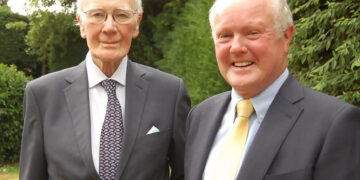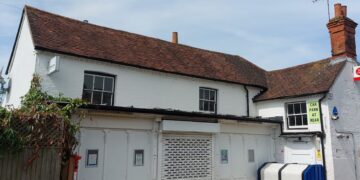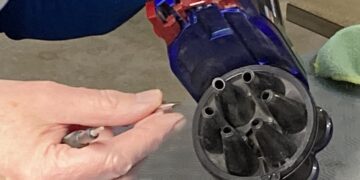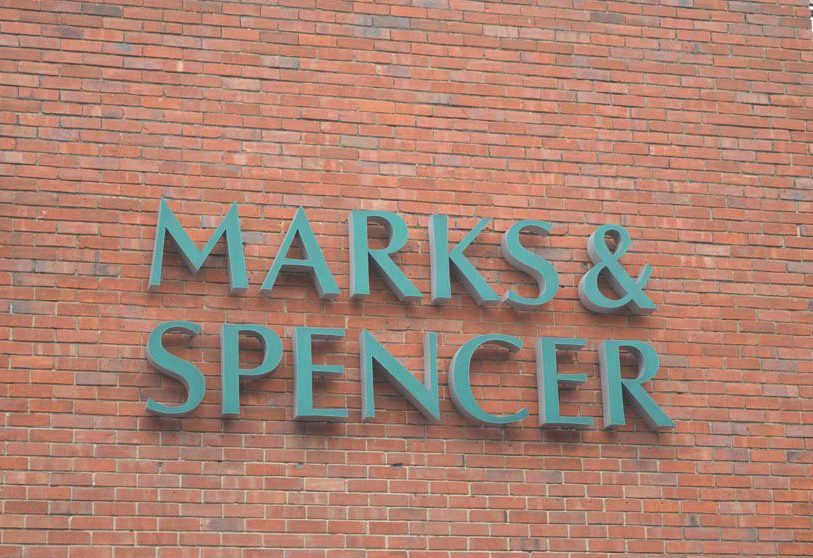POTENTIALLY unsafe concrete has been found in a building the council is proposing to move into.
Wokingham Borough Council leaders will this week discuss proposals to leave their headquarters on Shute End, with the former site of Marks & Spencer on Peach Street – which the council owns – earmarked as a likely new location.
The council’s deputy leader Cllr Prue Bray announced that Reinforced autoclaved aerated concrete (RAAC) was found during a survey of council-owned properties. This was after the government ordered more than 100 school buildings across England to close due to the potential safety risks.
“One building has been identified with confirmed presence of RAAC,” she said. “This is the former Marks and Spencer building at 28-38 Peach Street, Wokingham.
“The RAAC is not structural and is an area of the building not accessed by the public.
“In the long term it has already been proposed that we would replace this part of the structure if we proceed with the decision to move this council’s headquarters from Shute End into that building.
“So, the presence of RAAC does not have any impact on the ability to deliver that move.”
Council leaders are considering a move from Shute End as part of efforts to cut costs. They say the council no longer needs such a large building, with fewer staff working five days a week in the office.
In November 2020, the council’s previous administration announced that the M&S store would be the site for a gym, office space and two new shops. But this is now on hold as the Lib Dems consider moving location.
Council leader Stephen Conway explained the plans at a full council meeting on Thursday, September 21. He said: “It’s only right and proper that when we are having to make savings the council’s estate should make a contribution.
“This building is far too expensive to run in our current circumstances. Thanks to modern flexible working practices, especially working part of the week from home, a building of this size is no longer needed.
“We can therefore save the council taxpayer money by moving to smaller accommodation that is cheaper to run.”
Cllr Conway added that many councillors would feel “emotionally attached” to the Shute End building. “I’ve spent many happy hours in this council chamber,” he said.
RAAC was used in construction between the 1950s and 1990s, and many more than the 156 schools the government has identified could contain it, along with other buildings. It contains tiny holes that make it more brittle, and allow water in that can cause metal bars inside them to rust.
Wokingham Borough Council has confirmed that none of the schools it is responsible for – and none of its other buildings – contain RAAC.
















































